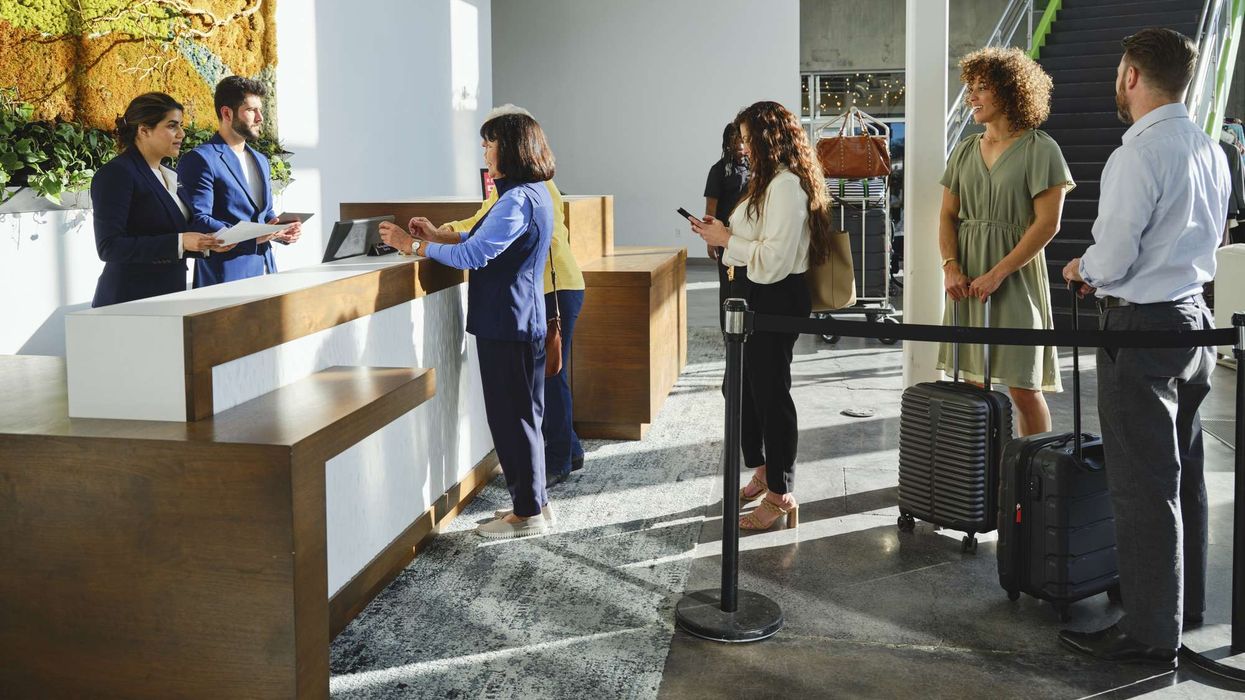Green Key Ready Program 2025: A Simple Start for Hotel Sustainability
GREEN KEY GLOBAL, a sustainability certification body, recently launched Green Key Ready, an entry-level program for hotels starting their sustainability efforts or operating with limited resources. The program includes a fundamentals-based questionnaire and supporting materials to help properties prepare for full Green Key Eco-Rating certification.
Green Key Ready is a step toward full certification, helping hotels meet initial sustainability requirements, Green Key Global said in a statement. Green Key Global is owned by the Hotel Association of Canada and the American Hotel & Lodging Association.
“Sustainability is no longer an option—it’s an expectation,” said Anick Levesque, Green Key Global’s managing director. “A year ago, AHLA and HAC strengthened their commitment to Green Key Global, marking a new chapter for sustainability in the hospitality industry. Since then, we’ve expanded our programs to better serve hotels at every stage of their journey. The launch of Green Key Ready is a direct result of that momentum.”
The program was developed in collaboration with hospitality leaders, industry partners, and sustainability experts to provide a structured, affordable framework for properties with limited resources, the statement said.
“On the one-year anniversary of our partnership, AHLA is reaffirming its commitment to meeting guest expectations with the launch of Green Key Ready,” said Rosanna Maietta, AHLA’s president and CEO. “This tool helps hotels of all sizes integrate sustainability into their operations while supporting our Responsible Stay initiative.”
Beth McMahon, HAC’s president and CEO, called Green Key Ready a game-changer for certification.
“It removes barriers for hotels ready to take action by offering a clear, affordable starting point,” she said. “This program will accelerate sustainable practices across the industry and set a new benchmark for responsible hospitality.”
The program also supports hotel brands and management companies by simplifying onboarding, increasing ESG engagement, and offering a path to full certification.
Green Key Ready is now open for enrollment.
In February, the Courtyard by Marriott San Antonio Riverwalk in Texas received the Green Key Global Sustainability Certificate for its eco-friendly practices.













